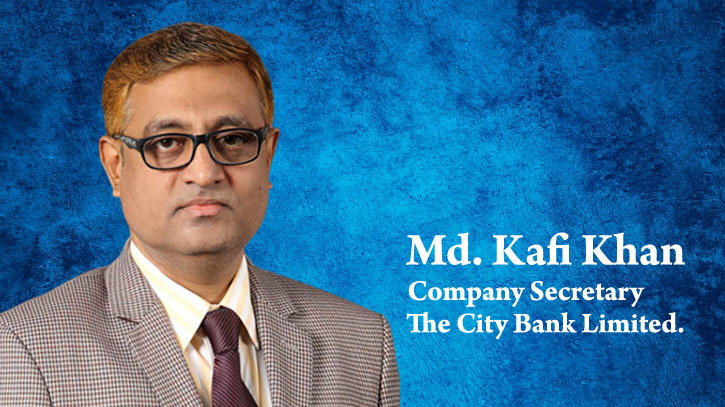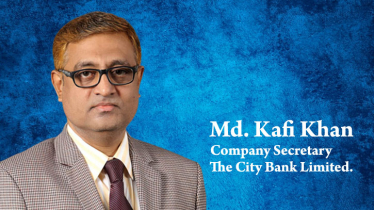
Based on workforce characteristics, management practices, and business performance, it has indication that employee age had no impact on business performance, whether performance is measured by financial, operational, or customer outcomes. Tenure, however, had a significant positive and sometimes very sizeable impact on financial performance and operational excellence. People are living and working longer and the implications for areas such as health care and government entitlement programs are profound. But what about employers, that may be a question to know how. Also, there would be a question of whether is there value to companies if they engage an aging workforce.
Aging people versus experiences: Aging employees bring two types of experience to an organization. The first is “general human capital” and it consists of such things as knowledge, skills, learned capabilities, and patterns of behavior acquired through a lifetime of work and working. Individuals can take this type of human capital with them from employer to employer because it has value to many, and employers who seek it can “buy” it in the labor market. A second type is “firm-specific human capital.” It consists of knowledge, social networks, mastery, and know-how generated through the experience of working in one organization with its suppliers, customers, technology, proprietary processes, intellectual capital, and of course, with one’s co-workers. Firm-specific human capital has value to one organization and it is “built” through tenure i.e. years of service with the employer. It is now pertinent and evident that the business impact of general human capital, measured by age, and firm-specific human capital, measured by tenure, in different organizations operating across of variety of industries such as financial services, healthcare, retail, manufacturing, distribution, hospitality, business services, and mining. Business performance, the specific measures of which were appropriate to an organization’s industry and circumstances, may measure in three ways: financial e.g., revenue growth, and profit; operational e.g., error rates, and speed; and customer reactions e.g., referrals, and retention rates. Study shows the performance of work units in different organizations for extended periods, tracked monthly or annually.
Correlation of tenure and age: It is possible to separate the effects of tenure firm-specific from age general human capital. The study shows that, after statistically accounting for the correlation between age and tenure, age has no statistically significant effect on performance, but tenure does. The positive effects of tenure vary in size from organization to organization, with the implication that well-managed tenure can return greater-than-average value to the employer. The study also shows that the tenure of leaders and managers also positively impacted the financial performance of the units they lead and that mixing older and younger workers' “age diversity” within work units does not affect performance.
Consequences versus employers: One is that there is no place for ageism at work. It is a commonplace view among business leaders that older workers are a liability to the business because of their higher costs and a presumed decline in productivity. Our research upends that stereotype. Prejudices that devalue older workers and antagonisms that can isolate or drive them out are bad for business. Another implication is that employer practices sometimes referred to as age-friendly or age-inclusive that enable older, “retirement age” workers to stay in the organization can be good for the business. These practices not only extend the opportunity for older workers to contribute but also can accommodate non-work interests that often emerge late in one’s career, such as engaging in service work or pursuing long-delayed hobbies. Reduced hours, flexible work times, switching from full- to part-time without loss of benefits, and various formal and informal phased retirement programs are ways that businesses can capture of the value of their tenured, older employees by keeping them motivated, engaged, and in the workplace. The third implication is perhaps the most important: Traditional forms of employment that is, businesses with employees who build tenure are competitively advantaged relative to organizations that determine alternatives such as contract, performance, and platform workers. These organizations miss out on the business value that tenure and longevity with an employer bring. Decisions to rely on non-employee labor often are made for reasons of costs. But costs are only one half of the equation; the other half is value created, and while traditional employment arrangements likely have higher costs by way of wages and benefit the value created by stability and tenure will often exceed those higher costs, as the evidence shows. This is not to say that there is no place for a gig or temporary workers. However, today’s businesses should be wary of a growing trend in some HR circles to regard traditional forms of work organization as obsolescent and wary of those who tout the virtues of platform work and the “deconstruction” of work systems into elements such as discrete tasks that can be performed by substitutable individuals. Organizations create economic value and competitive advantage by facilitating the accumulation of employee tenure. Decisions to adopt non-employee workforces should be made only after pitting the potential cost savings against the value created by traditional forms of employment.
Aged workers versus organizations: Their experience and industry knowledge are a great benefit. They can leverage this to solve all kinds of problems. They’ve most likely seen similar situations before and can deal with crises better. Given their years of work, they generally have great contacts and business relationships in place that they can leverage. They are loyal and not really interested in job hopping. Older workers are also better communicators. Given their vast experience, they are used to dealing with all types of people, which makes them good at customer service. They are great mentors, with their wealth of industry knowledge, great people skills, vast experience, and technical skills honed over the years, older workers can be great mentors. They generally have good transferable skills with the patience to teach and the willingness to do so. It makes them happy and fulfilled knowing that they can impart their knowledge to someone else. Most of the in-house trainers. They are open to learning, contrary to popular belief, most older workers are very open to learning new things. Their eagerness to learn often surprises me. Older workers have a better work ethic, they have cultivated their own values and principles and will typically hold the company values in high esteem. They have high integrity and understand that reputation is important. They’ve been trained to be loyal to their employers. They don't usually feel intimidated by others' success. They don't have an ‘all-about-me’ mindset, they are passionate about being a valuable team member and enjoy being part of a group of diverse people, in an environment where respect is key. Workplaces that hire older people are generally more harmonious, which leads to higher productivity. Mature workers reduce turnover and absence costs; older workers respect their jobs. They appreciate that the company has given them the opportunity to prove themselves, despite their age.
Concluding thoughts and remarks: Employees are a significate driving force when it comes to the success of an organization. Unfortunately, some employers overlook valuable applicants because of age and tend to not hire older workers. Age diversity is a smart business, including hiring older workers. Having an age-diverse workforce makes sense for most workplaces. Many organizations lose out on top-quality employees. But, older workers possess qualities that most employers strive to find i.e. knowledgeable, dedicated, willing to learn, and team players.
Daily Messenger/MI








